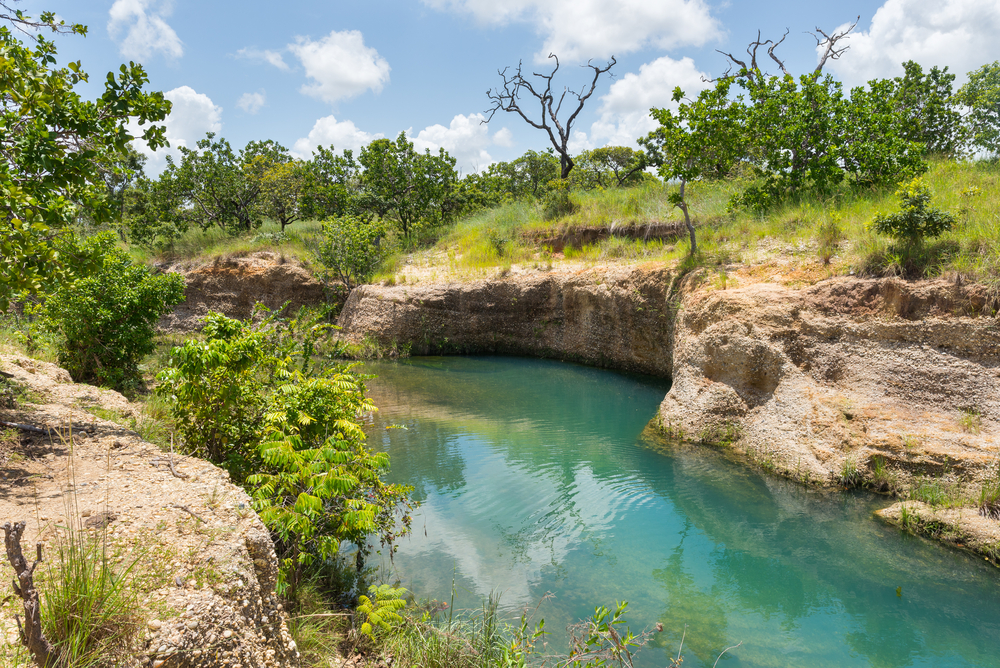Guatopo Overview
Guatopo National Park, known locally as Parque Nacional Guatopo, is a protected area in northern Venezuela. Covering approximately 926 square miles (2,398 square kilometers), the park is situated in the states of Miranda and Guárico, offering a vast expanse of lush tropical forest and rugged terrain.
It serves as a crucial ecological corridor between the coastal mountain range and the Venezuelan Llanos, making it a significant conservation area. Established in 1958, Guatopo National Park protects vital watersheds that supply water to nearby urban areas, including Caracas and surrounding cities.
The park’s terrain is predominantly mountainous, characterized by dense cloud forests, rolling hills, and deep river valleys. Its humid climate and high levels of precipitation create an ideal environment for an abundant array of plant species. Towering trees such as mahogany, cedar, and various palms dominate the landscape, while thick undergrowth and epiphytes, including bromeliads and orchids, add to the park’s biodiversity.
The park is intersected by rivers, the most notable being the Cuira and Orituco, which form impressive waterfalls and swimming holes. These water sources provide vital hydration to both wildlife and humans, contributing to the park’s ecological balance.
Wildlife in Guatopo National Park is diverse and abundant, with many species finding sanctuary within its forests. The park is home to significant populations of large mammals such as jaguars, pumas, and ocelots, which serve as top predators within the ecosystem.
Other notable species include white-faced capuchin monkeys, howler monkeys, and deer. The park is also home to armadillos, tapirs, and agoutis, which contribute to the overall health of the ecosystem by dispersing seeds and controlling insect populations.
Birdlife is particularly rich, with over 250 species recorded, including the strikingly colorful toucans, trogons, and tanagers. Raptors such as the black hawk-eagle and ornate hawk-eagle soar over the treetops, while hummingbirds flit among the flowering plants. The park’s rivers and streams support amphibians and reptiles, including the emerald tree boa and various species of frogs, some of which are endemic to the region.
Visitors to Guatopo National Park are drawn to its pristine natural beauty and opportunities for outdoor adventure. Hiking trails wind through the dense jungle, leading to scenic viewpoints, waterfalls, and rivers. The Cuira River, with its crystal-clear waters, is a favorite spot for swimming and picnicking.
Birdwatching is a popular activity, as the park offers excellent opportunities to observe rare and colorful species in their natural habitat. The park’s remoteness means that camping is a favored way to experience its beauty, allowing visitors to immerse themselves in the sights and sounds of the tropical forest.
Conservation efforts in Guatopo National Park have been focused on protecting its fragile ecosystems from deforestation, illegal hunting, and human encroachment. Due to its proximity to urban areas, the park faces challenges from agricultural expansion and unauthorized settlements.
However, ongoing efforts by Venezuelan environmental agencies and conservation groups have helped maintain the park’s ecological integrity. Sustainable tourism initiatives and environmental education programs aim to raise awareness and foster community engagement in preserving this vital natural treasure.














































































